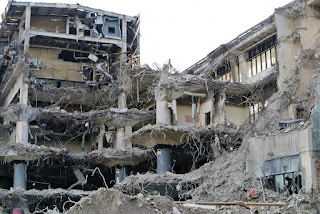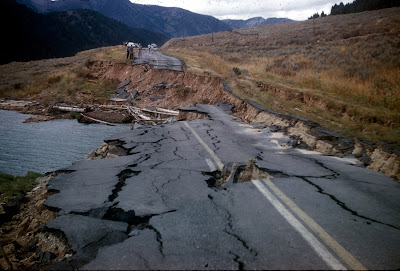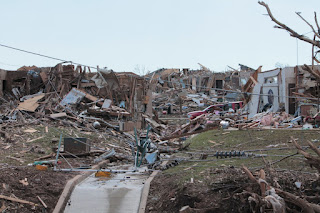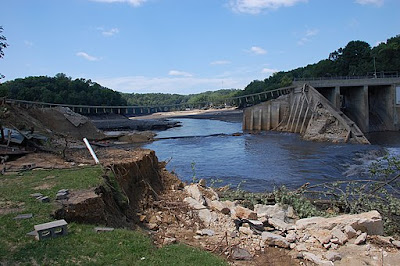Earthquake Hazards: Flooding
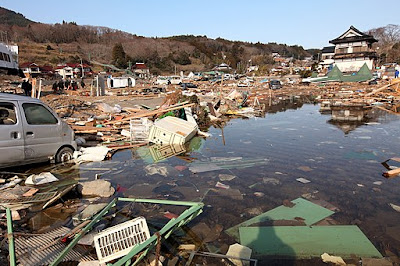
Like many of the other earthquake hazards, a lot of people don't associate flooding to an earthquake...until they really think about it. When earthquake hazards are discussed, it's not just the obvious shaking of the ground, it's what the shaking of the ground can potentially cause. I'm not sure if the actual shaking of the earth even kills anyone. It's the effects caused by the earthquake that are the hazards. For example, buildings collapsing are caused by the earth shaking. Similarly, if you have water near your home, you could experience earthquake-induced flooding. Earthquake-induced tsunamis, seiches , and dam failures can all lead to flooding. Debris in flooded street at Uranohama Port, Japan, on 1 April 2011, in aftermath of earthquake and subsequent tsunami. Thankfully I live far enough from any large body of water that I'm not concerned with a earthquake-caused Tsunami, like the 2011 Tohoku, Japan earthquake that shook at magnitude 9.1 and caused a...

